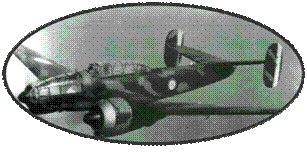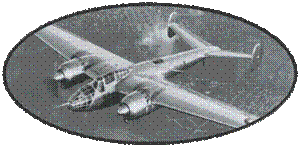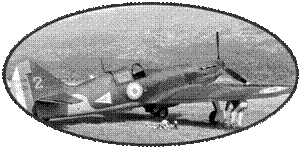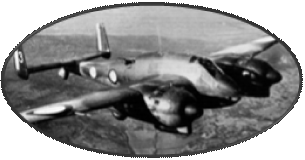The
Arsenal VG-33 comes from a 1937 program to replace the recently
launched Morane MS406. These competitors are the Morane 450, the
Dewoitine D520 and the CAO 200. The Arsenal VG-33, studied by
two engineers Michel Vernisse and Jean Galtier (hence the initials
"VG"), is made from non-strategic materials, Veneered
and painted plywood. He initially received a Hispano-Suiza 12
Xcrs engine of 690 Cv, under the designation VG-30. He makes his
first flight on October 6, 1938. The Munich crisis triggered an
order for 200 units, for a series in a more powerful configuration,
the VG-30 having been deemed inefficient, although as fast as
the Morane MS406 already in service ...
The VG-31 and the VG-32, first developments of the Arsenal VG-30 were never completed (see chapter Versions). The VG-33, on the other hand, was manufactured in series with an order of 820 aircraft. It made its first flight in the spring of 1939 and starts its tests from the month of August. These proved promising since the device was faster than its competitor Dewoitine D520 yet more powerful.
It is
difficult to determine the exact production of the Arsenal VG-33s,
but 7 series aircraft declared "Good for war" were collected by
the EAA 301 (Air Force Warehouse) between June and July 1940.
These machines, stored in Villacoublay, were planned to equip
the GC I / 2 but the events decided otherwise .. It is finally
the Patrouille d'Etampes that will be in charge of evacuating
the planes on Bordeaux. Two machines (Nos. 1 and 7) were used
by GC I / 55.
About 160 Arsenal VG-33 cells were surprised by Armisitice on the assembly lines, of which 40 were almost completed.
The Germans recovered 5 VG-33 series, plus the VG-33 No. 01 after the Armistice.
It is difficult to say how this aircraft would have behaved in combat. Thanks to its aerodynamics, it was certainly faster than the Dewoitine D520, with a less powerful engine, but its wooden cell probably made it more fragile. Nevertheless, he could have been a serious opponent of the Messerschmitt 109, and his elegant silouette is now surrounded by a legend that leaves many regrets.













